|
By Anna Hazard While accidental falling is the leading cause of injury (both fatal and nonfatal) amongst elderly adults with the risk of falling and the severity of the injuries incurred increasing with each added decade in age, unlike other related health risks there are many different steps that can be taken to help prevent such falls. Statistics
Prevention - Health
Prevention - Physical Activity & Exercise
Prevention - Clothing
Prevention - Falling Hazards in the Home
Prevention - Let There Be Light
Prevention - Accessories for Accessibility
1 Comment
|
AboutNews updates, tips, and guides on senior care, senior health, stress relief and a host of other caregiving related topics from the professionals at Ella Stewart Care. |

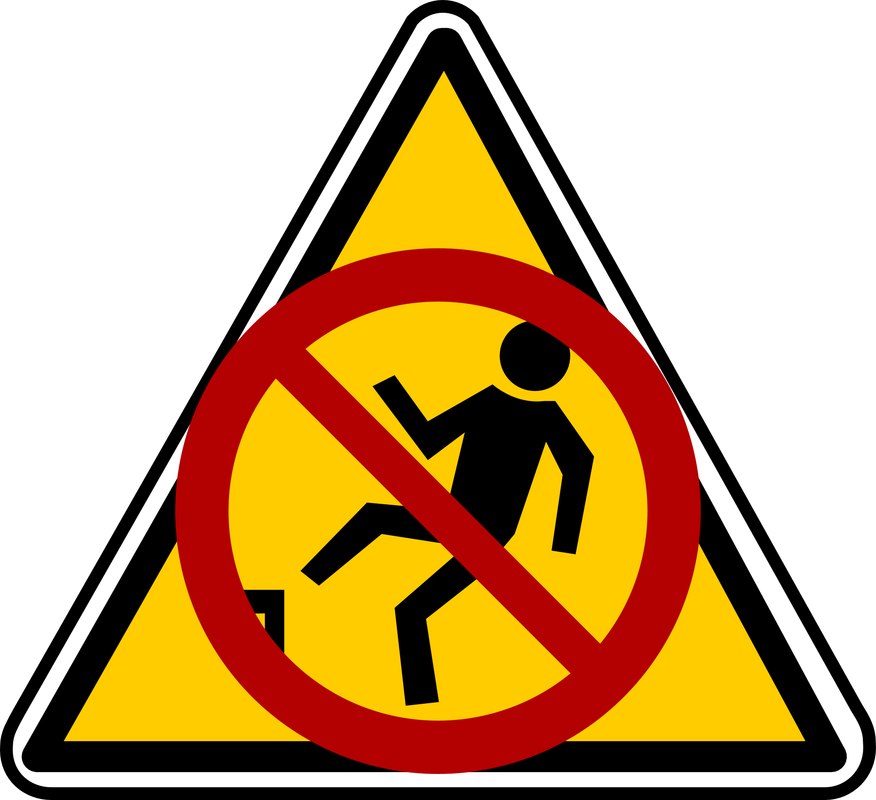
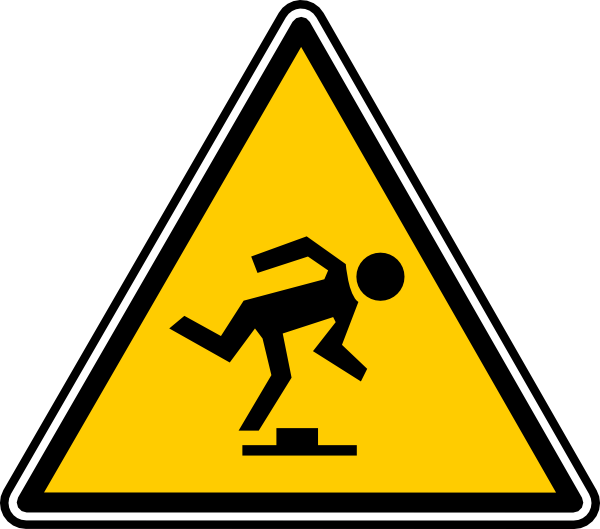
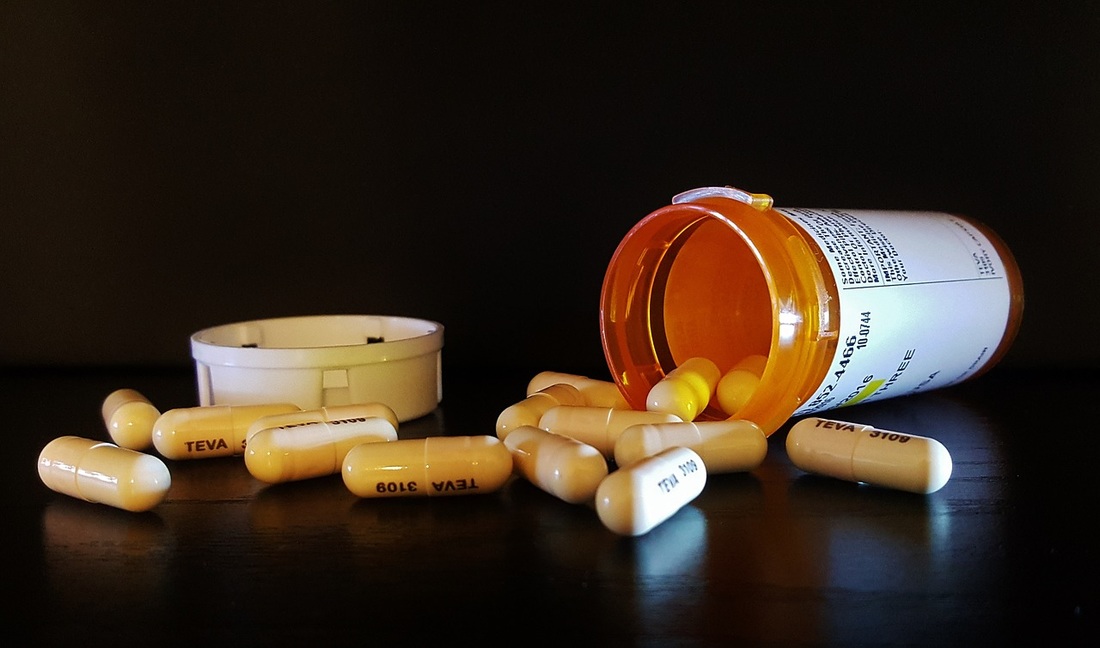
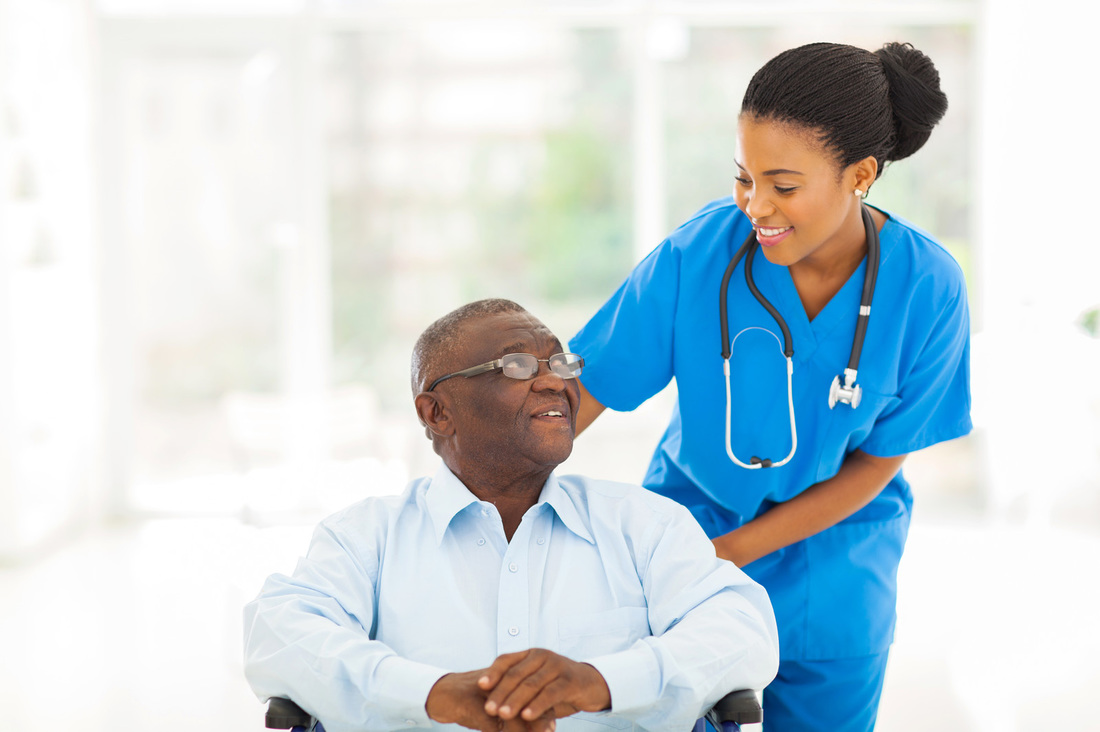
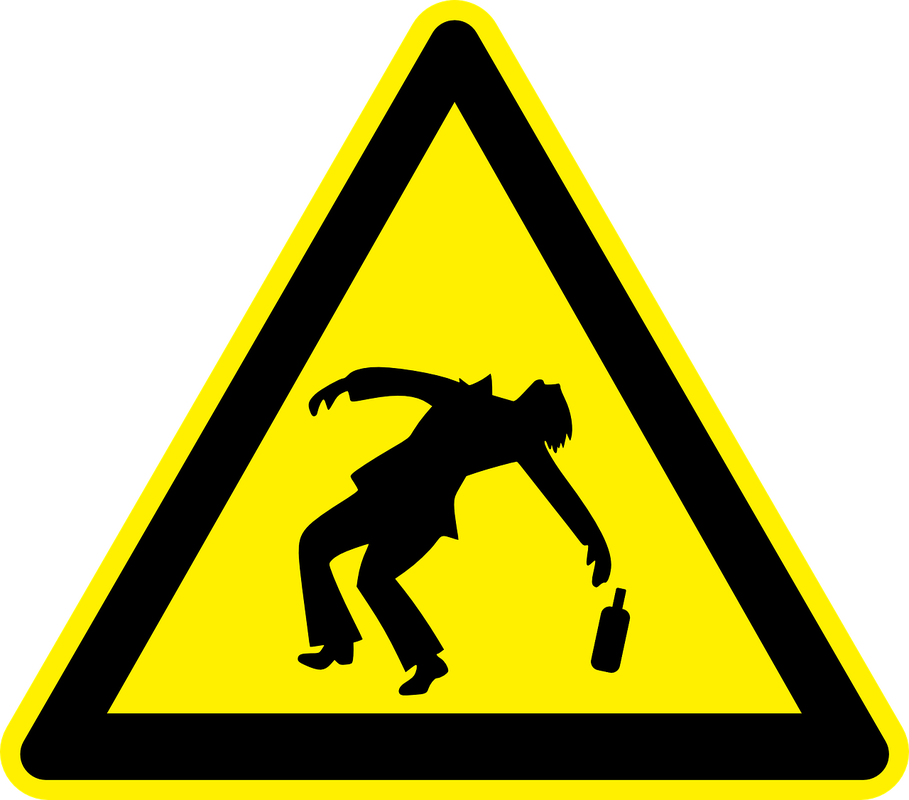
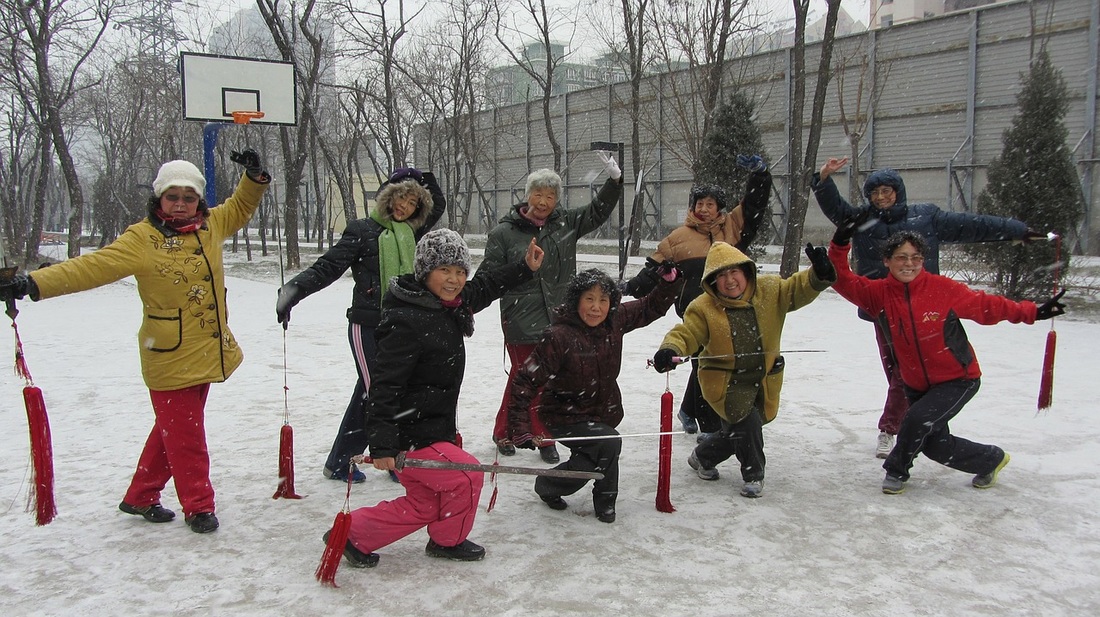
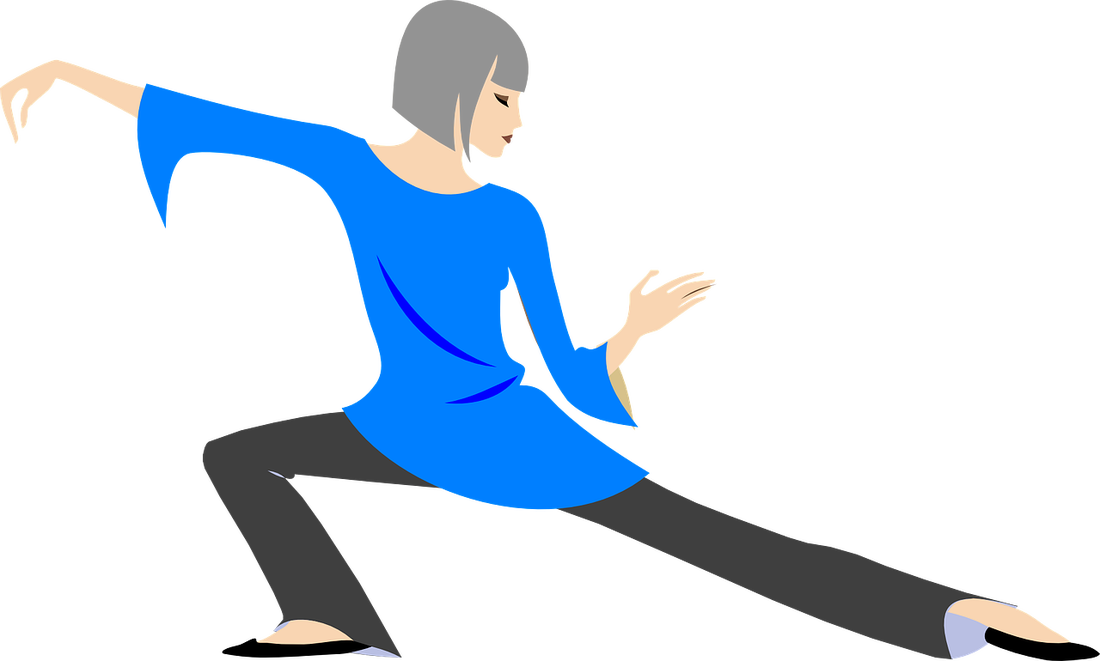
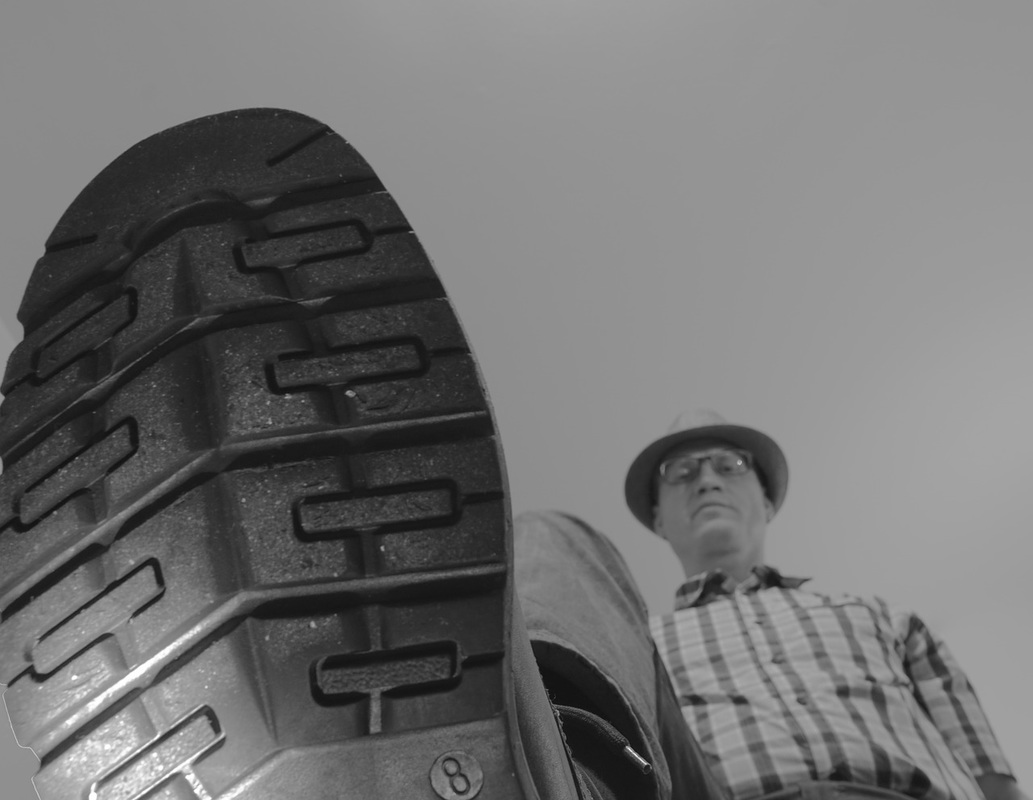
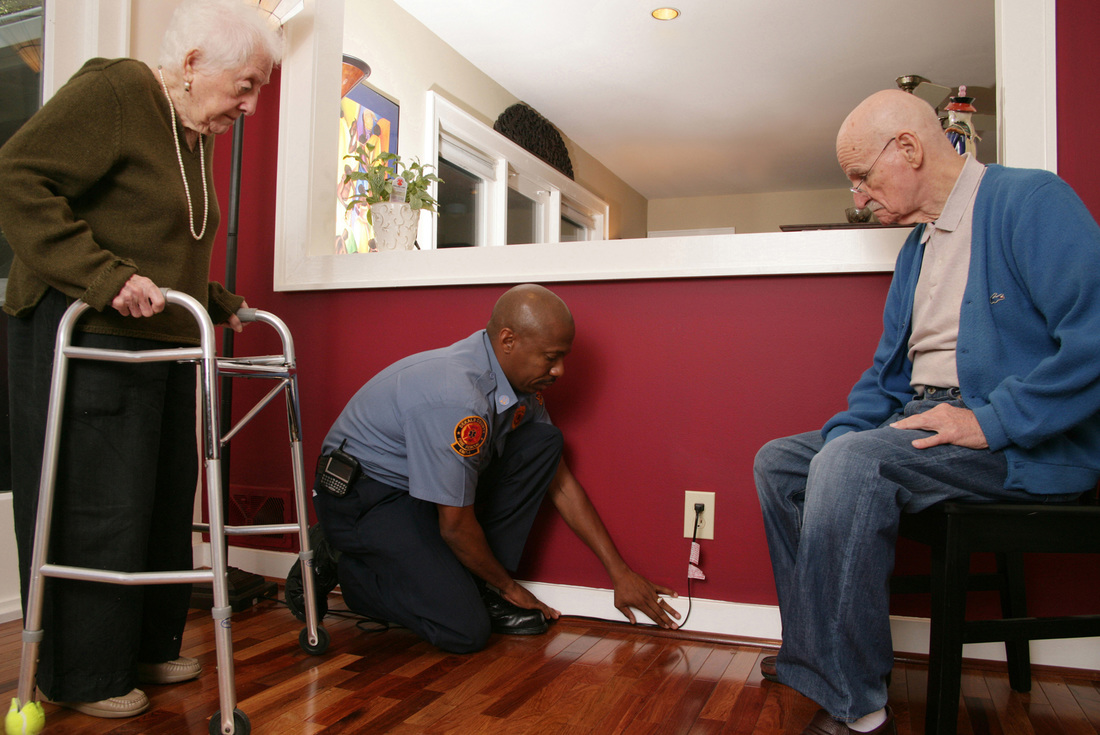
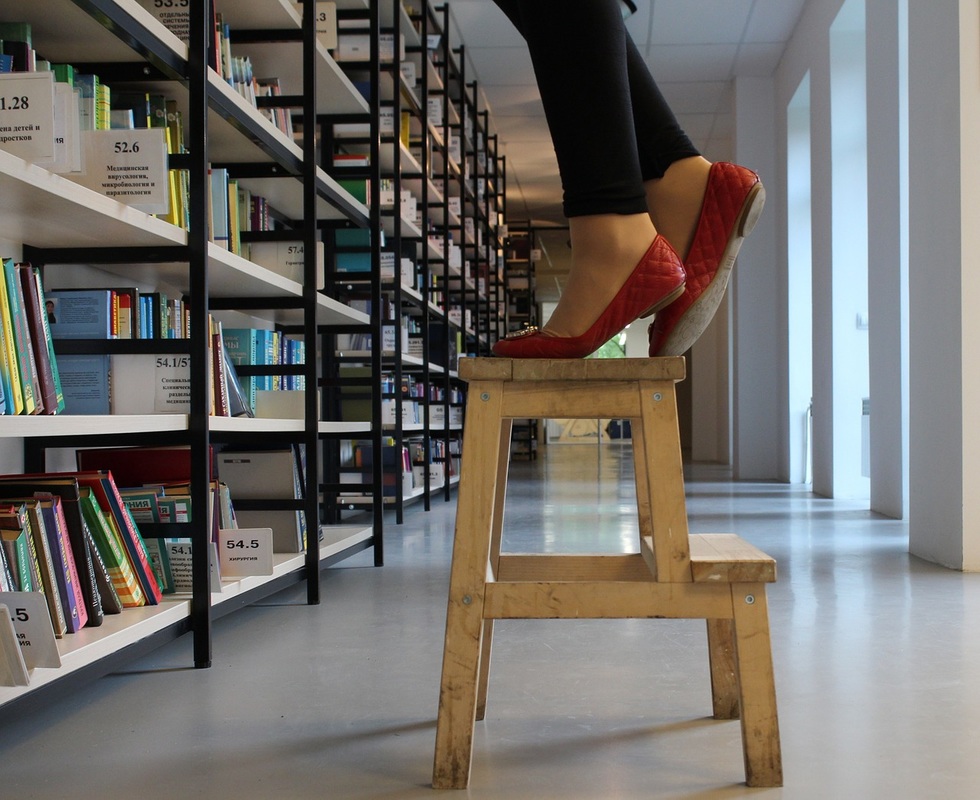
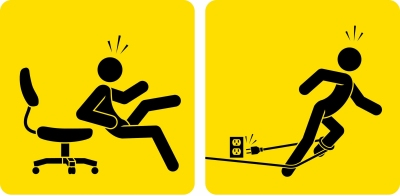
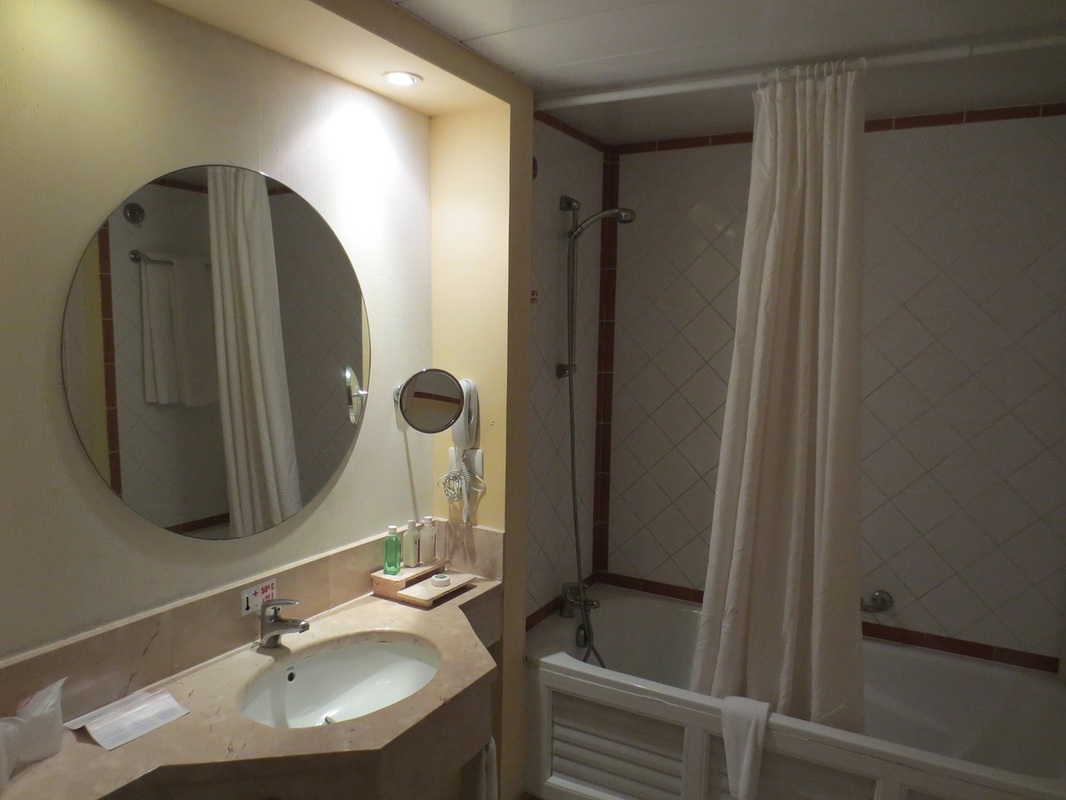

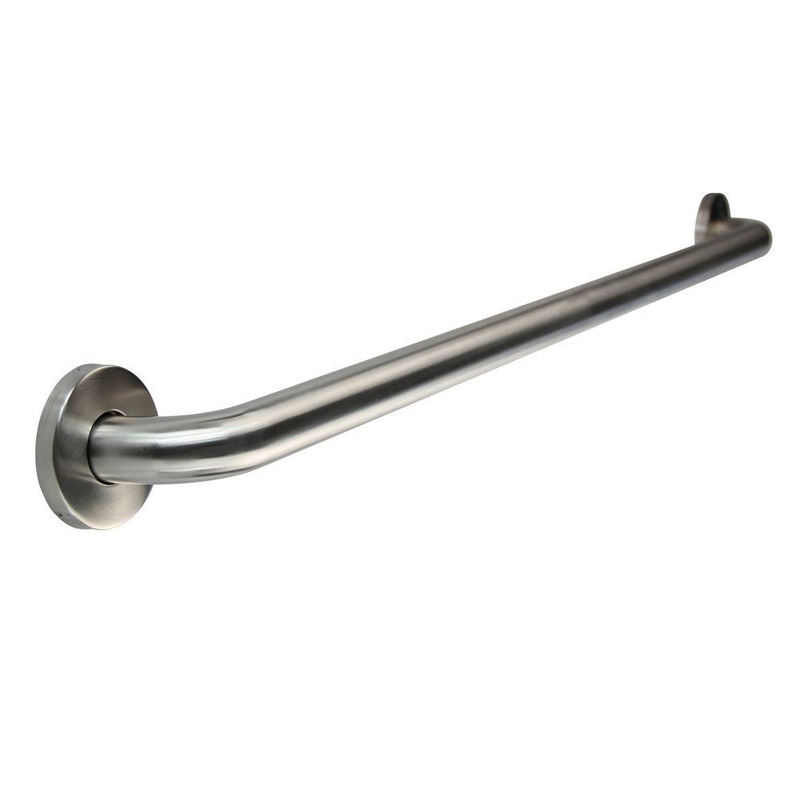

 RSS Feed
RSS Feed
